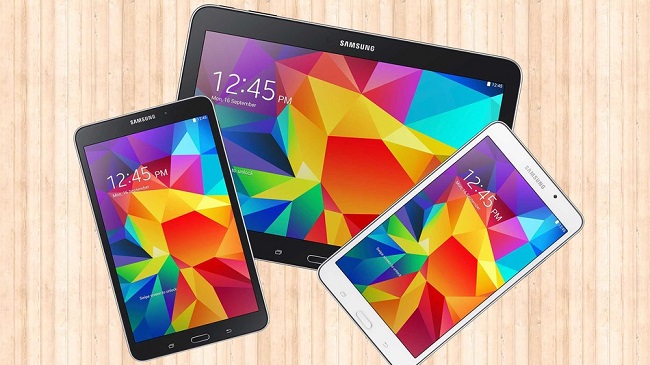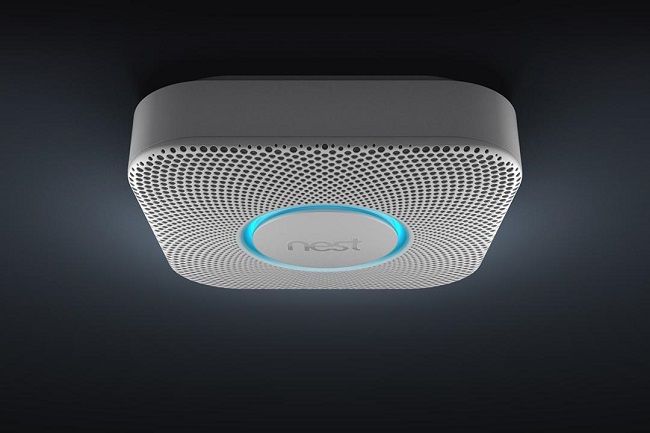A look at this week’s gadget happenings, as a pair of STREAMZ headphones use Wi-Fi to stream your favourite music, Samsung launches a 4K 1bn colour monitor and offers its latest range of Tab4 tablets.
Samsung 4K 1bn-colour monitor
Gamers may begin to weep openly if they’re to get their hands on Samsung’s new 28-inch UD590 monitor, which boasts a 1,920 x 1,080-pixel resolution capable of displaying 1bn colours at 60Hz with 1ms GTG response time.
It also includes the picture-by-picture capability, which allows for dual-screening capabilities for the designers and other creative types of this world.
Samsung first discussed the screen at CES 2014 in Barcelona earlier this year. It has begun shipping to the US and will eventually find its way to Europe.
Considering the power of this screen, the price tag of US$700 (€510) is actually a good deal to the right person.
STREAMZ Wi-Fi headphones
A pair of headphones have been launched which could prove to be one of the biggest breakthroughs in music listening for a number of years.
With a pair of STREAMZ headphones, the user can stream music from online music-streaming sites, such as Spotify and Pandora, without the need to lug around a smartphone or laptop to connect the headphones to as they include both Wi-Fi and Bluetooth as standard equipment.
For those who either don’t possess an account with one of the major music streamers or who find the idea of not owning their own music abhorrent, the headphones also contain a 4GB hard drive (upgradable to 36GB) with a 48 kHz/16 bit CD quality playback for high-quality listening.
The STREAMZ has different pricings for international customers but US shoppers will pay US$549 (€400) for a set.

Galaxy Tab4 range
Samsung has kicked off its latest range of Galaxy Tab4 Android tablets ranging in size from 10.1 inches, 8 inches and 7 inches, all of which feature a WXGA 1,280 x 800 16:10 display and the ability to support Samsung’s latest multi-window system for split-screen multitasking on the Android KitKat operating system and 1.2GHz quad-core processors.
All three sizes will will also feature a fairly low-res 3MP front-facing camera and 1.3MP rear-facing camera, and will come in Wi-Fi only, Wi-Fi plus 3G, or Wi-Fi plus LTE editions.
The 7-inch model is the thinnest of the three, having been trimmed slightly from its predecessor by 0.9mm to 9mm.
So far, Samsung has said the tablets will go on sale in Q2 this year. An announcement about prices is expected shortly before the tablets’ official release.

Xbox One Smartglass remote
Microsoft has launched, in beta at least, its first Smartglass remote app for the Xbox One, with the aim of finally making the gaming console a total home entertainment system.
With the new Windows Phone and Android app, Xbox One users will be able to control their OneGuide service, a TV listings of sorts, which will let the user set timers, and record and watch TV content on their tablets or mobiles.
Another feature that is expected to roll out is the ‘Rent Once. Play Anywhere’ service that will allow users to rent a films and start watching them on one platform, such as their Xbox One, and pick up and continue where they left off on another, such as their Windows Phone.
As it’s still in beta, the app will have some issues. For Irish users, the OneGuide is in the pipeline for release at a later date.
Either way, it will probably become a must-have app for any Xbox One owner.
Nest fire alarm recalled
Having been acquired by Google for US$3.2bn, the internet of things company that produces smartphone-controllable thermostats and fire alarms has had a set-back. Nest has been forced to stop selling its Nest Protect smoke detector after it was found it could be easily turned off with a simple wave.
The company said it found a problem with the device’s algorithm: “movements near the product that are not intended as a wave can be misinterpreted”. This poses an obvious problem for a device that needs to be working at its best at all times.

The idea for the implementation seemed simple at the time, as it could save consumers the hassle of trying to climb on a chair or step-ladder to turn a smoke alarm on or off.
Depending on how far the user had set up his or her Nest Protector, he or she could see their device simply update, or receive a full refund if it didn’t work.
A stark warning to the hidden hazards of technology that might make things simpler to operate, but at a dangerous cost.
Stay informed – get daily updates on the latest happenings in technology directly to your inbox.